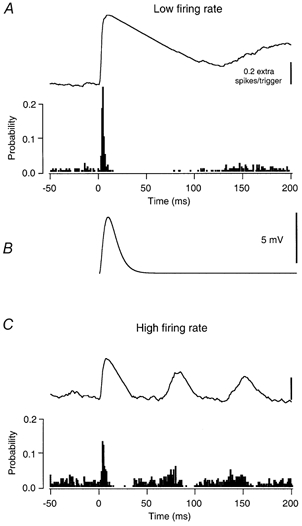Figure 1. The effect of large amplitude, low-frequency EPSPs on single spike trains.

A, the spike-triggering effect of a large amplitude current transient on a motoneurone discharging at a low rate (5.8 imp s−1). The lower trace in this panel is the peristimulus time histogram (PSTH). The number of counts in each bin has been divided by the total number of current transients to give the probability of spike occurrence as a function of time from the onset of the current transient. The upper trace is the cumulative sum (cusum), calculated by subtracting the baseline counts at negative lags in the PSTH and integrating the remainder (see Methods). B, the estimated membrane potential change produced by the current transient (see Methods). The peak amplitude of the simulated EPSP in this cell is 5.6 mV. C, the effect of the same current transients on discharge probability when the cell was firing at a high rate (14.9 imp s−1).
